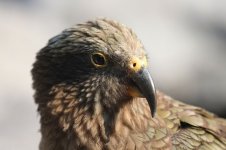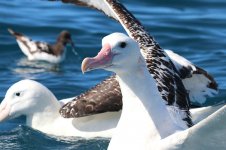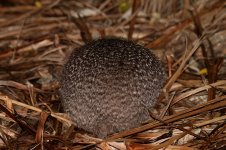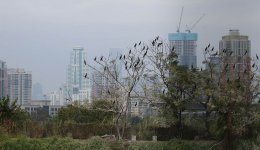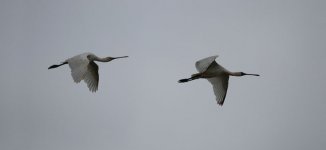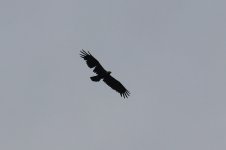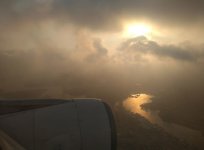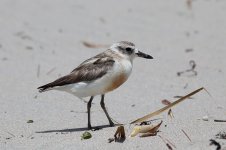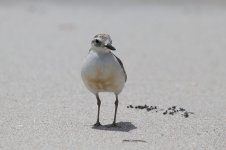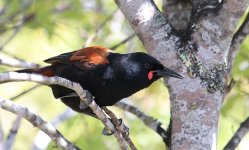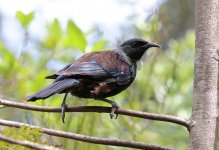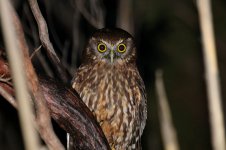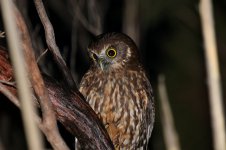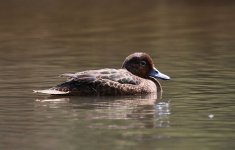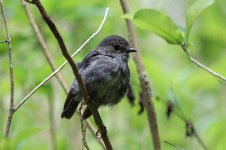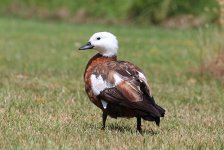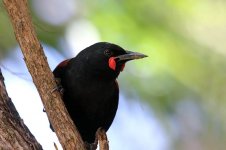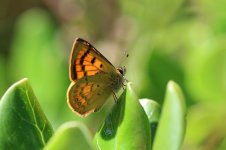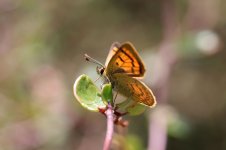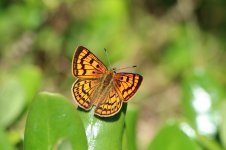
Dedicated to a fellow birder some hundreds of kilometres to my south, hoping this report will bring some light relief :t:
Travelling from 14 December 2019 till 13 January 2020, this four-week trip was to one of the last great corners of the world that I had yet to visit! After a brief stop in Hong Kong, it was full-on the delights of New Zealand, covering North Island, South Island, Steward Island and a number of the smaller associated islands.
INTRODUCTION
New Zealand requires little introduction, lands of rare endemics and mouth-watering pelagic species. With thoughts of nocturnal kiwis, albatrosses by the bucketload and the mountain-dwelling Kea, it was finally time for me to visit this far extreme of the world.
The basic plan was to split my time between North Island, South Island and Stewart Island, taking opportunity to not only mop up the various endemic bird species on route, many of these on small predator-free offshore islands, but also to enjoy the excellent shorebirding at sites such as Miranda, as well as taking a couple of pelagic trips for the wealth of seabirds that can be found in New Zealand waters. As time went by, I also had some warped delight in trying to see all the introduced species too.
Additionally, though New Zealand has a very impoverished butterfly fauna (only about 30 species, several of which are occasional vagrants from Australia), about half of the species it does have are endemic and, thus, effort was made to see a good chunk of these, especially in the mountains of South Island. That said, as a destination, New Zealand is really naff for butterflies – though I did see 18 species in all, the highest single day total was just six species, most days it was just two or three, or none at all.
New Zealand, especially over the Christmas/New Year period, requires some advance planning – ferries and pelagics tend to get booked out, accommodation on Stewart Island can be hard to come by and, critically, overnight access to Tiritiri Matangi is restricted and can be totally booked months in advance. Booking about two months prior, I was lucky by tweaking my dates a little – there was only a single night available on Tiritir in the whole of December and January! Regrettably no Haukuri Gulf pelagic or extended pelagic off Stewart Island were scheduled in the period of my trip. As it was, my shorter pelagic off Stewart Island also got cancelled. However, with several very productive ferry crossings and some luck on headlands, there were only a few likely pelagic species that I missed.
Travelling from 14 December 2019 till 13 January 2020, this four-week trip was to one of the last great corners of the world that I had yet to visit! After a brief stop in Hong Kong, it was full-on the delights of New Zealand, covering North Island, South Island, Steward Island and a number of the smaller associated islands.
INTRODUCTION
New Zealand requires little introduction, lands of rare endemics and mouth-watering pelagic species. With thoughts of nocturnal kiwis, albatrosses by the bucketload and the mountain-dwelling Kea, it was finally time for me to visit this far extreme of the world.
The basic plan was to split my time between North Island, South Island and Stewart Island, taking opportunity to not only mop up the various endemic bird species on route, many of these on small predator-free offshore islands, but also to enjoy the excellent shorebirding at sites such as Miranda, as well as taking a couple of pelagic trips for the wealth of seabirds that can be found in New Zealand waters. As time went by, I also had some warped delight in trying to see all the introduced species too.
Additionally, though New Zealand has a very impoverished butterfly fauna (only about 30 species, several of which are occasional vagrants from Australia), about half of the species it does have are endemic and, thus, effort was made to see a good chunk of these, especially in the mountains of South Island. That said, as a destination, New Zealand is really naff for butterflies – though I did see 18 species in all, the highest single day total was just six species, most days it was just two or three, or none at all.
New Zealand, especially over the Christmas/New Year period, requires some advance planning – ferries and pelagics tend to get booked out, accommodation on Stewart Island can be hard to come by and, critically, overnight access to Tiritiri Matangi is restricted and can be totally booked months in advance. Booking about two months prior, I was lucky by tweaking my dates a little – there was only a single night available on Tiritir in the whole of December and January! Regrettably no Haukuri Gulf pelagic or extended pelagic off Stewart Island were scheduled in the period of my trip. As it was, my shorter pelagic off Stewart Island also got cancelled. However, with several very productive ferry crossings and some luck on headlands, there were only a few likely pelagic species that I missed.
Attachments
Last edited:




